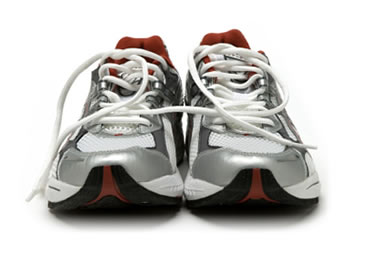|
For years, we've been told to slather on sunscreen every time we head outdoors so we can protect ourselves from skin cancer. But what we're not told is that sunscreens are not created equal: Some aren't as protective as they claim to be, while others contain potentially hazardous ingredients. That's the consensus of the Environmental Working Group. The nonprofit organization dedicated to protecting public health and the environment recently updated their Sunscreen Guide for 2010 to help consumers make better choices this summer and beyond. EWG looked at more than 500 sunscreens on the market, tested them for potency, examined their ingredients, and reviewed the claims made on their packages. The result? A mere 39 out of 500 sunscreens examined meet their guidelines for consumer safety and sun protection. "Many sunscreens available in the U.S. may be the equivalent of modern-day snake oil, plying customers with claims of broad-spectrum protection but not providing it, while exposing people to potentially hazardous chemicals that can penetrate the skin into the body," said Jane Houlihan, EWG Senior Vice President for Research. "When only 8 percent of sunscreens rate high for safety and efficacy, it's clear that consumers concerned about protecting themselves and their families are left with few good options." What can we learn from this investigation? EWG's full report is full of details, including the top ranked brands, a search tool to see how your sunscreen of choice stacks up, and a sunscreen hall of shame. Luckily, they also created a printable one-page guide that summarizes the most important facts you need to shop for a safe and effective sunscreen. Here are a few of the facts that really caught my eye:
Are you surprised by these results? Will this report change how you shop for and use sunscreen? |
Popular Entries
More From SparkPeople
|















